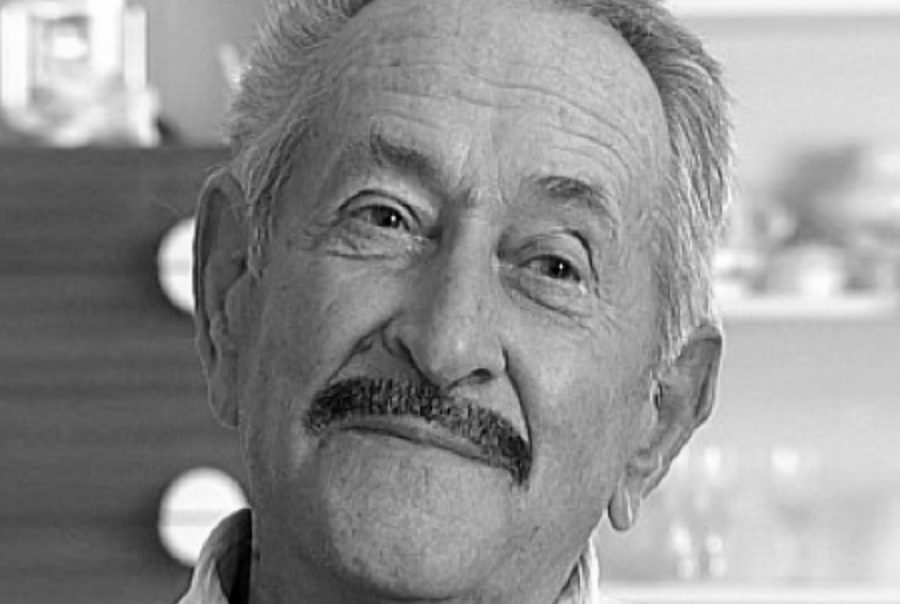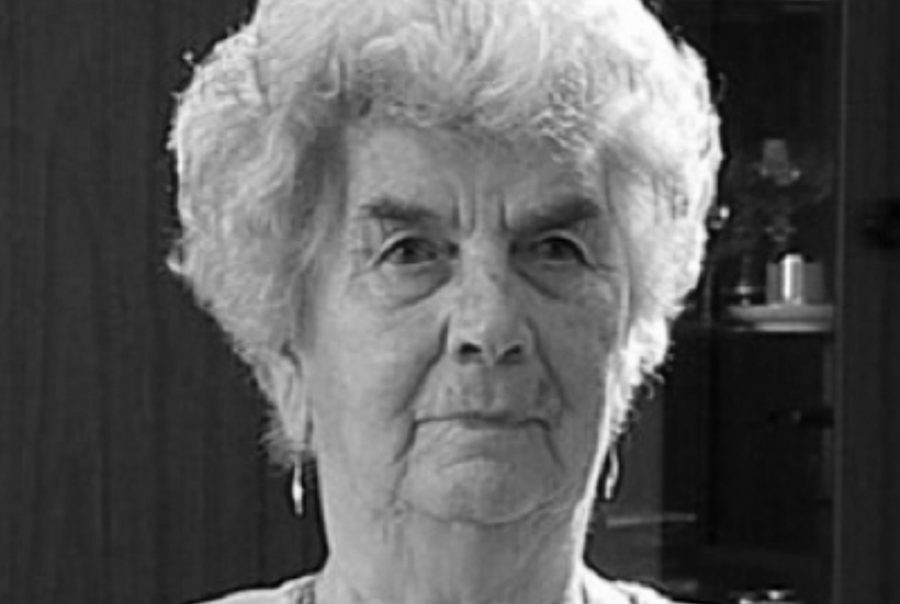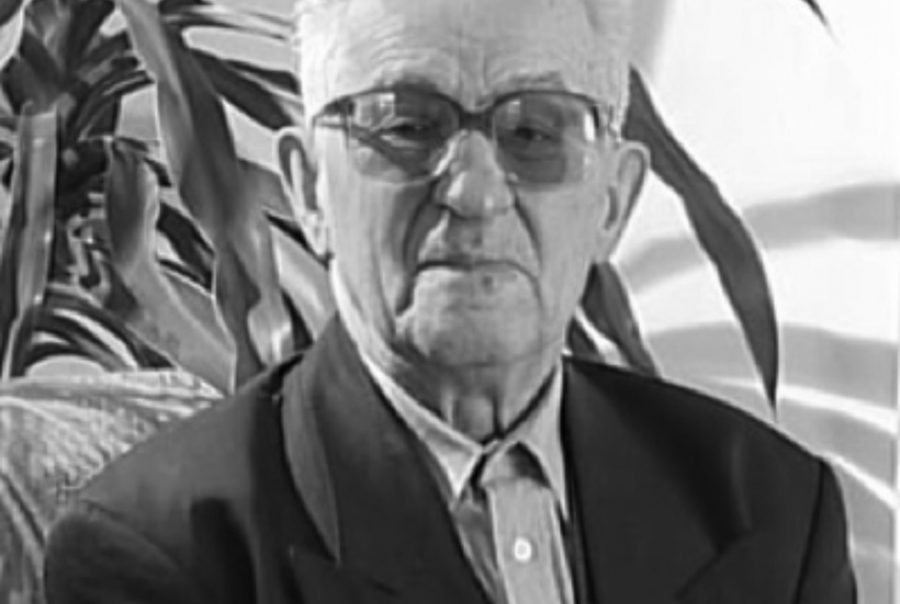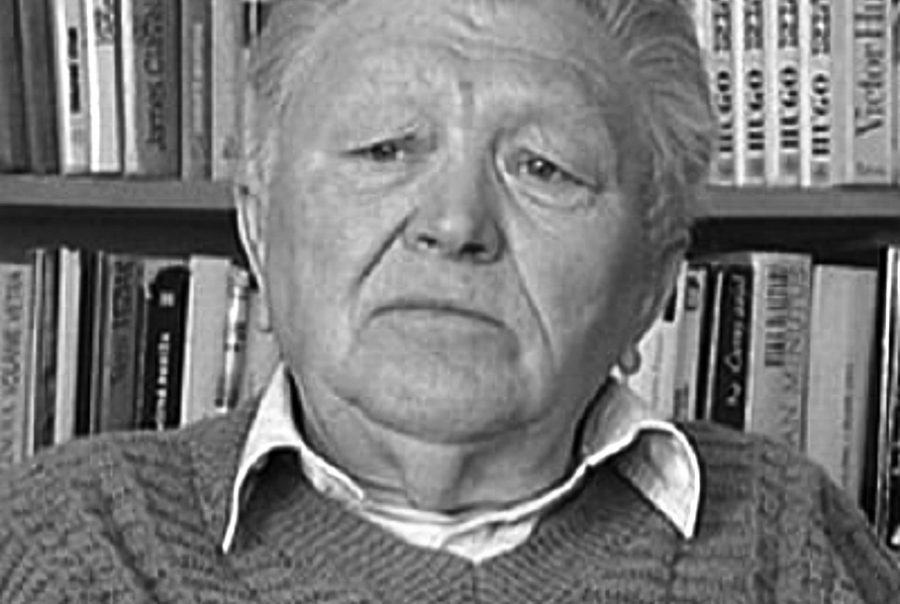One of the areas, where the cruelty of the communist authority was felt very significantly, was agriculture and its collectivization, which destroyed traditional village structures. The Soviet kolkhozes, where the most drastic forms of forced collectivization were used, were set as blueprints for establishing jednotné roľnícke družstvo (United Collective Farm) in Czechoslovakia. The tragedy of farmers began after the 9th congress of the Communist Party of Czechoslovakia where President Klement Gottwald proclaimed: „There will be no socialism, without transition of the village to socialism“.
The Law No. 69/1949 on the United Collective Farms came into effect on 23 February 1949. The law declared an objective of beneficial development of agricultural farming and removal of an alleged splintered farming activity in agriculture which was a legacy of the past. The law also advised that the UCFs should be created on a voluntary basis, which was in contradiction with on-going practice.
The communist officials were tasked with the persuasion of the farmers, who were promised many advantages and benefits by the members of the commissions of the National Committees, should they join the UCFs, however if the farmers did not accept them, they were persecuted. The Slovak villages were affected by forced hand over of their land into the UCFs. The peasants and farmers, who refused to hand over the land willingly, were intimidated and persecuted in various ways.



